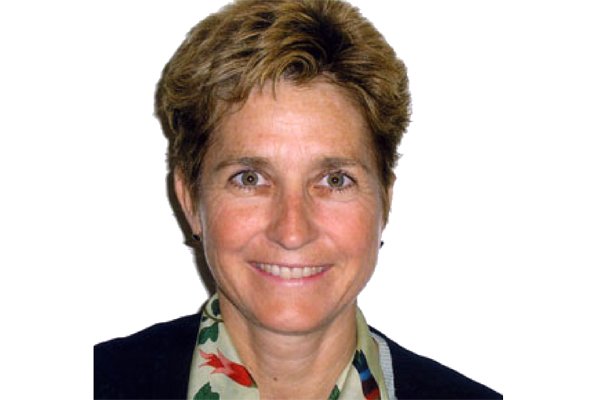Improving air quality promotes public health

Amy Zimpfer
What you need to know:
- According to the recently issued Uganda’s National State of the Environment, “domestic energy use, the transportation sector, and increased urbanization are the likely air pollution drivers and pressures.”
- Visit online resources that AirQo Makerere University has provided. Examine the real time map that shows how pollution is changing day by day.
Ugandans, and especially residents of Kampala, face significant air pollution challenges, with levels of soot and smog far exceeding healthy levels through much of 2020. Thanks to recent efforts to develop air quality legislation and improve air quality monitoring, however, Uganda has the potential to become an air quality management leader in East Africa and beyond.
We have been pleased to support this effort through the United States Department of State’s Embassy Science Fellows Programme.
As US Embassy Science Fellows over the last 18 months, at the request of Uganda’s National Environmental Management Authority (Nema) and Kampala Capital City Authority (KCCA), we have had the pleasure to work with environmental professionals in Uganda as they monitor air pollution in Kampala and develop regulations to improve air quality throughout the country.
These efforts are benchmarking against the best programmes throughout Africa and the world. As such, Uganda is learning from 40 years of experience in the United States, WHO, World Bank, and elsewhere. Uganda has the opportunity to leapfrog to cleaner technology as the country continues to develop its natural resources and expand its economy. Here is a summary of our work:
We have provided policy and technical advice to Nema and their technical workgroup as they develop the country’s first ever National Air Quality Regulations. Nema has drawn on national, East African, and international experts and conducted stakeholder outreach to ensure the regulations reflect the national perspective and are operationally practical. These regulations, mandated under Uganda’s 2019 National Environment Act, will establish health-based ambient air quality standards against which plans will be developed and progress will be evaluated.
According to the recently issued Uganda’s National State of the Environment, “domestic energy use, the transportation sector, and increased urbanization are the likely air pollution drivers and pressures.” NEMA’s draft regulations address each of these sources and lay out a comprehensive, air quality management programme that will monitor and assess air quality, identify sources of pollution, and establish strategies to meet health-based standards. The draft regulations include emission limits for industrial sources, cars, trucks, motorcycles, and other mobile sources, lay out odour standards and requirements for indoor air, and address worker protection.
They also establish a permit and compliance programme for industrial sources and associated fees. While effective regulations are critical, actions to improve air quality are needed from citizens, and small and large businesses, as well as government leaders. We have also provided technical support and collaboration to KCCA and AirQo, Africa’s leading air quality monitoring, research and analytics network founded at Makerere University.
Support to AirQo has helped them analyse pollution measurements from a network of over 80 sensors. We also supported the air quality monitoring efforts at KCCA and collaborated on a study to better understand the sources of air pollution. Together AirQo and KCCA are building up their scientific knowledge to become effective leaders in air quality management.
Visit online resources that AirQo Makerere University has provided. Examine the real time map that shows how pollution is changing day by day. Consider the relationship between air quality and activities such as cooking with different fuels and stoves, the time spent near major roadways, and other sources of pollution – and minimise exposure.
This article was co-authoured by Amy Zimpfer, P. E. and Anondo Mukherjee, US air quality scientists supporting Nema and KCCA.




